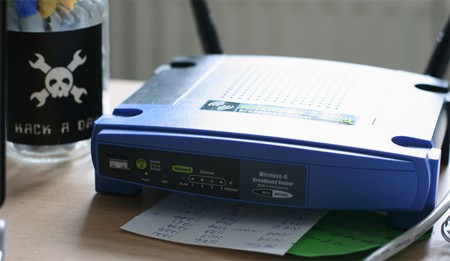
We reported last week that D-Link was adding captchas to their routers to prevent automated login by malware. Unsurprisingly, it doesn’t work all time. The team from SourceSec grabbed the new firmware and began poking at it. They found that certain pages don’t require the authentication to be passed for access. One of these is WPS activation. WPS lets you do push button WPA configuration. Once activated, any nearby client can request the WPA key using a tool like WPSpy. Only user level credentials are needed to pull this off, so changing just the admin password won’t prevent it.
[photo: schoschie]
















